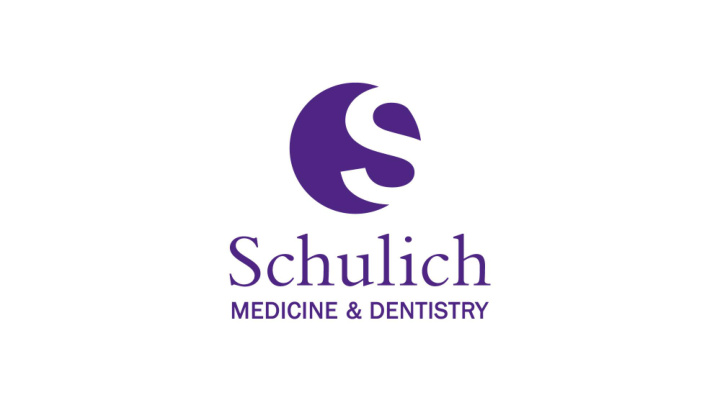



Specialist By Day, Generalist By Night - A Needs Assessment Approach For Anesthesiology Dr. Valerie Schulz & Michael Brock . Continuing Professional Development, Schulich School of Medicine & Dentistry, Western University.
Conflict of Interest Disclosures Dr. Valerie Schulz & Michael Brock We have not had in the past 3 years, a • financial interest, arrangement or affiliation with one or more organizations that could be perceived as a direct or indirect conflict of interest in the content of this presentation.
Learning Objective Following today’s presentation attendees should be able to: Summarize the approach taken to identify perceived and 1. unperceived needs within the department of Anesthesia & Perioperative Medicine, Schulich School of Medicine & Dentistry, Western University
“A Night on call” – For Anesthesiology Faculty retreat identified a desire for additional • professional development opportunities. CPD, Schulich school of Medicine & Dentistry, • Western University – Needs assessment Anesthesia specialist by day, generalist by night •
Overarching Project Goals ‘A night on - call’ Report Identified educational needs of Anesthesia & Perioperative Medicine faculty based on: Expert opinion 1. Learner self-reports 2. Next Steps – Development of targeted education.
Needs Assessment Phases Phase 1 : Educational topics for “ A Night On-Call ” • Phase 2 : Online Delphi of Anesthesiology experts • Phase 3 : Online Qualtrics survey for all Anesthesiology faculty • Phase 4 : Deliver personalized reports to participants highlighting • topics of strength, and topics where educational opportunities exist.
Phase 1 Methodology : Committee meeting with subspecialty • experts (faculty/educators) in the department of Anesthesia & Perioperative Medicine Outcomes : A finalized list of 36 topics (formatted as • learning objectives) for the surveys to follow. Theme : “A Night On - Call” •
Phase 2 Methodology : 2-round Delphi survey of sub-clinical experts (N = 10) on the 36 Topics previously identified ( In Phase 1 ). Outcomes : Expert Delphi: Topics scored on expected ability of faculty members Ex.
Phase 3 Methodology : Qualtrics survey for faculty members (N = 34) on the 36 Topics previously identified Outcomes : Self-reported for ability and desire to learn for each topic. Ex.
Survey Methods Comparisons between these surveys allowed for prioritization of educational needs with regards to the 36 topics.
Results 0.8 Large Educational Gap Realize your role following a Significant complication (or death) 0.6 Employ point of care ultrasound (POCUS) to enhance patient care (Expert Expectation - Mean learner score) Manage the "can't intubate, can't ventilate" scenario 0.4 0.2 Gap score Minimally Desired --------------------------------------------------------------Highly Desired Additional interesting results: 0 1 1.5 2 2.5 3 3.5 4 4.5 5 • Obstetrical topics were deemed low in educational gap and desire to learn. -0.2 • Existing educational efforts may be sufficient and effective? • Topics that suit simulation-based education were highly desired (I.e. Emergency -0.4 scenarios) -0.6 Absent Educational Gap -0.8
Individualized Learner Reports All results are dependent on average • Expert scores and average peer scores. Strength: Value > +0.5 SD of Peer • average Opportunity: Value > -0.5 SD of Peer OR • Expert average. Priority Opportunity: Value > -1.0 SD of • Peer AND expert averages.
Individualized Learner Reports A partial example of what a report looks like Visualizes how the learners self-reported abilities compare to • their peers and the expectations of the experts Can aid in the development of personalized learning plans, • and potentially self-assessment opportunities (Section-3 credits) if reviewed alongside peers.
Individualized Learner Report - Data 18 Faculty Members desired a report to be generated. • The topics with the greatest frequency of Priority Opportunity for ‘A • Night On- Call’ Insert a cardiac pacemaker [8/18] • Perform pre-op/intra-op transesophageal echocardiogram (TEE) • monitoring (e.g. For hemodynamically unstable patients [7/18] Employ POCUS [5/18] • Manage obstetrical hemorrhage [5/18] •
So - what’s the next step? With Anesthesia’s educational needs identified the next steps… Presenting outcomes at Grand Rounds • [Complete] Discussion of results with Anesthesia’s CPD team • [Complete] Directing future education and research • [Underway] - Can’t intubate, Can’t ventilate
Thanks for listening! Questions?
Recommend
More recommend